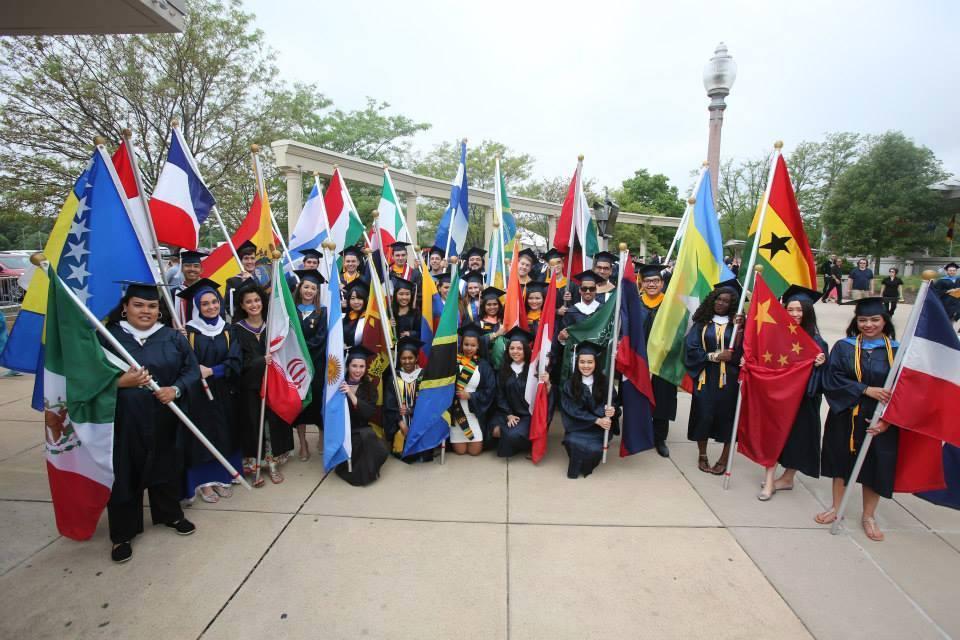
NPR: St. Louis Region Has Third-Fastest-Growing Foreign-Born Population Among Major Metros
Recent data shows the St. Louis region’s foreign-born population is growing at a faster rate than most of the country’s largest metro areas.
According to the U.S. Census Bureau, the region’s foreign-born population grew by 5,640 people, or 4.1%, between 2017 and 2018, rising to a total 141,894 people. This population is comprised of immigrants, refugees and temporary migrants such as international students.
The country’s overall foreign-born population grew by 0.5% and reached nearly 45 million.
Ness Sandoval, an associate sociology professor at St. Louis University who tracks population changes, used the data to compare metro St. Louis to the U.S. Census Bureau’s top 20 metro areas. He found that St. Louis was the third-fastest-growing major metropolitan area after Riverside, California, and Seattle in terms of people born outside the U.S.
The region’s foreign-born population makes up just over 5% of the total population, which is small compared to other metro areas.
For example, 33% of Los Angeles residents are foreign-born, and 18% of Chicago residents were born outside of the U.S. Those populations are declining in both cities, however.
Sandoval says he’s optimistic about more foreign-born people choosing to call the St. Louis region home, because there has been steady growth since 2014.
“We have a positive trend that we've been able to maintain for several years now, and that’s not true for many regions,” Sandoval said. “To get a number close to 6,000 I think was positive news for the region, especially with what’s going on at the national level.”
Sandoval presented his report, which is part of a collaboration between St. Louis University and the St. Louis Mosaic Project, on Thursday. The Mosaic Project’s goal is to transform St. Louis into the metro area with the fastest-growing foreign-born population by 2025.
Mosaic Project director Betsy Cohen said in a statement that immigrants improve the region where they live by contributing to economic growth.
“We’re thrilled to hear these new population figures and will continue working with local companies, universities and other community partners to welcome and connect them,” Cohen said.
Follow Andrea Smith on Twitter: @andr3afaith
Send questions and comments about this story to feedback@stlpublicradio.org

